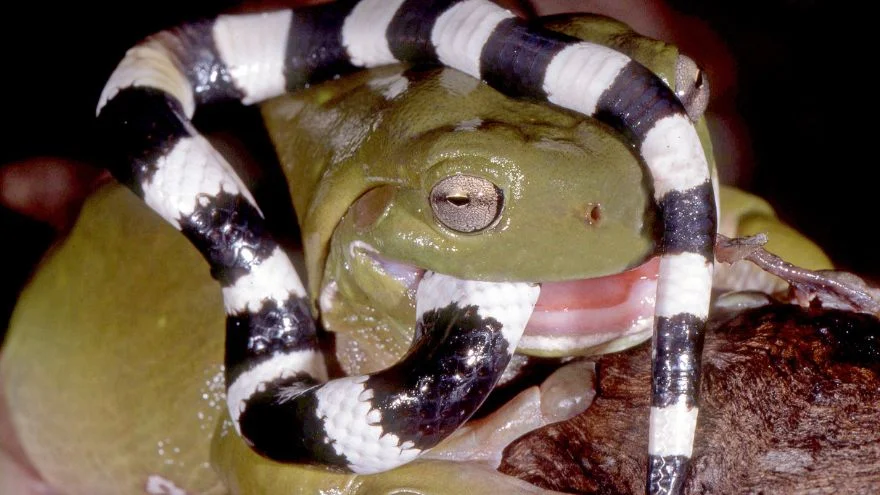Frogs have an unusual structure, and due to their form, it is hard to know how their skeletal structure is by observing them.
This brings a lot of questions to mind: Do frogs have backbones? Is a frog a vertebrate or invertebrate?
These are common questions many people have, especially in biology classes.
It gets more complex when we consider the developmental stages of a frog, where we note a complete absence of backbones in tadpoles.
However, while it is true that tadpoles have no backbone, the tadpole develops it as it grows into a frog. On the invertebrate and vertebrate classification, frogs are classified as vertebrates.
The bone development depends on factors like the species and the environment, and it can go on for weeks.
Here’s more information on the subject.
Vertebrate vs Invertebrate Animals – Overview
Animals are classified into two broad categories: the vertebrate and the invertebrate.
The big difference between a vertebrate and an invertebrate is the presence of a backbone. While vertebrates have backbones, invertebrates don’t.
Good examples of vertebrates are birds, fish, reptiles, and mammals. Invertebrates include a wide range of insects and worms.
Invertebrates also don’t have bony skeletons. They form the majority of the animal kingdom, with over 90% being in the category.
To discover where the frog falls, we’ll first have to establish that it has a backbone.
Do Frogs Have Backbones?
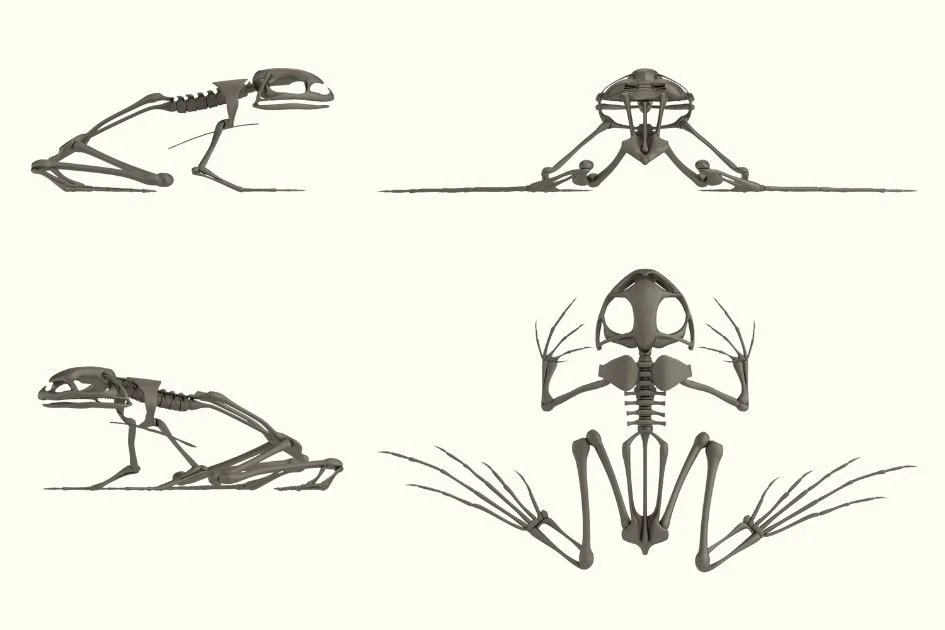
The frog’s skeletal structure is more similar to that of a human than we think. Though there are some notable differences—like the absence of the neck in frogs—other essential bones are present.
The femur, humerus, scapulae, and shoulder blades are some examples. Due to these similarities, one can already deduce that a frog will have a backbone.
Studies have also been done on both frogs and toads (collectively called anurans) to prove that they have backbones, even with their unusual bone structure.
One particular study made a full analysis of the frog’s skeleton, which included an “anuran vertebral column”.
Frogs and toads are also classified as amphibians, and amphibians are known to have backbones. There is no amphibian without a backbone. That is one quality they share with reptiles.
Going by these, we can safely state that frogs have a backbone.
Is a Frog a Vertebrate or Invertebrate?
Every animal with a backbone is a vertebrate. The frog has a backbone, and as such, it is classified as a vertebrate, the same as the toad and the salamander.
The confusion on whether the frog is a vertebrate stem from the tadpole. Tadpoles are completely aquatic and have no backbones.
They live differently from the adult, and even their dietary need differs (the tadpole is primarily a herbivore.)
That said, we can’t classify a frog based on its tadpole stage, just as we won’t do the same for a human, based on the fetus.
The adult frog is what we consider, and it has a backbone. Its backbone has some common grounds with mammals, but it is also unique.
The Anatomy of a Frog’s Backbone
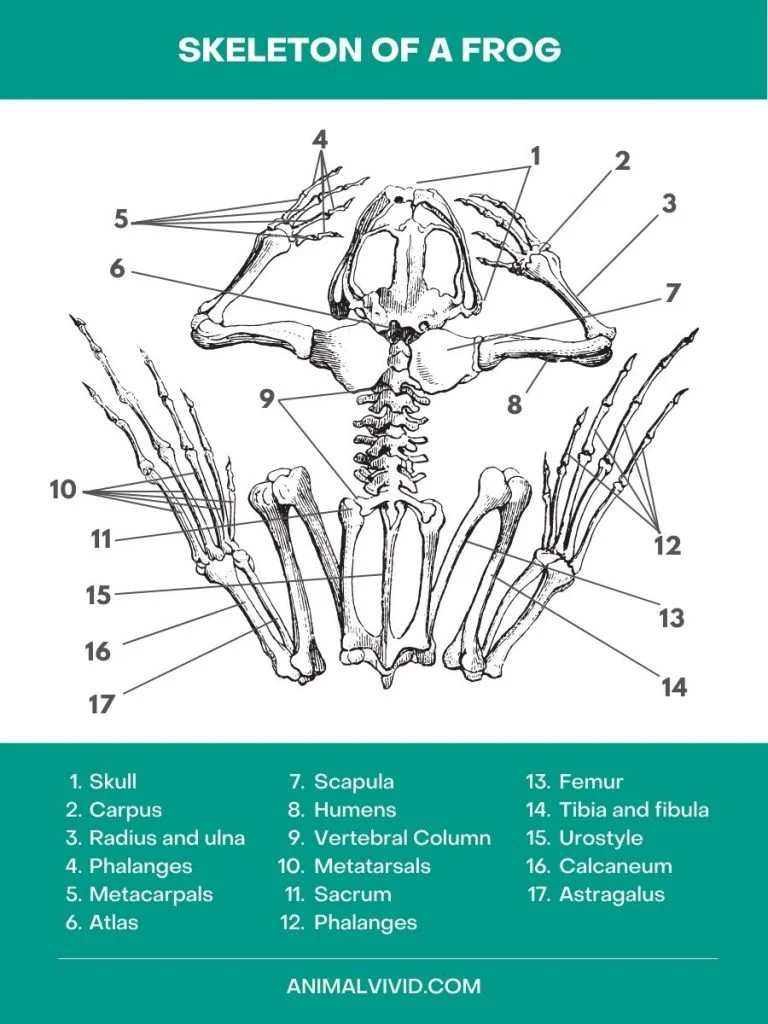
The frog’s backbone is composed of 9 vertebrae (though some experts say 10), all of which help make the frog survive and move. It is lesser than that of the human adult, which goes up to 24.
This is because frogs are smaller than humans, and don’t need as many vertebrae to function. The frog also has no ribs, neck, or tail.
The first vertebrae is called the atlas, which is connected to the frog’s skull and enables it to move its head up and down.
Due to the lack of neck bones, frogs can’t move their heads sideways. However, they do need the up-and-down movement that the atlas provides.
The remaining bones fall in the abdomen and other areas.
Similar to many other vertebrates, the frog’s backbone is very crucial as it contains nerves that run from the brain to the back.
Damaging the backbone is a danger to the frog, and if you have a pet frog, you should protect it from injuring the back.
The movement function of the backbone gives the frog an advantage over its prey and many other predators.
If the tongue is too far to trap an insect, for example, it can hop closer before the insect would have a chance to escape.
We would look more into how the backbone helps in movement, but before that, let’s unveil how frogs develop the backbone.
The Development of a Frog’s Backbone

A frog’s lifecycle goes from egg to larva to adult, and the transformation is made possible by metamorphosis.
The frog’s existence begins when it is laid as an egg. There, it has no bone or structure. Through the process of metamorphosis, it transitions to the larvae stage, also known as the tadpole.
The tadpole has cartilage in place of bone, and the cartilage helps it navigate the waters. Tadpoles look fragile and soft, which makes many fall prey to bigger fishes.
Those that survive ensure that they get enough calcium carbonate and calcium phosphate from their environment, which serves to develop bones.
When the tadpole grows to the froglet stage some definite changes occur. The tail disappears, and the cartilage becomes more solid, leading to bones.
The froglet becomes more terrestrial and can hop around.
The time it takes for a frog’s backbone to develop depends a lot on the species and the environment, the two factors we pointed out in a previous section.
It will take a couple of weeks for the tadpole to become a froglet, and at that point, the backbone is already there. Some other parts develop too, like the limb bones.
After then, it takes a few years for the froglet to become a frog. At that point, the backbone has been fully developed. The frog also becomes mature enough to reproduce.
How Do Frogs Hop Seamlessly?

Ever wondered how frogs can jump so far without showing any visible weakness or signs of pain when they land?
Humans don’t have that ability, as we’ll feel a sharp recoil if we were to jump as far as a frog.
What makes it easy for frogs to hop is the fused backbone they have. This enables them to move upwards and forward without feeling any pain.
The ability of frogs to hop has been a subject of many studies.
Frequently Asked Questions (FAQs)
Are frogs asexual?
Frogs are not asexual creatures, but rather reproduce through a mating process. The mating process involves a male and a female, proving that the frog is sexual.
Are all frogs vertebrates?
While tadpoles are invertebrates, that only last till they metamorphose into young frogs. All adult frogs are vertebrates.
Does a frog bone look like a human’s?
The frog and human’s skeletal structure is similar, but there are also differences. Generally, frogs have a simpler structure than humans, with fewer bones.
Wrap Up
The key point in this article is that frogs are vertebrates, despite the confusion.
They have backbones once they become adults, and these bones are important in hopping and surviving.
Check out these interesting articles:
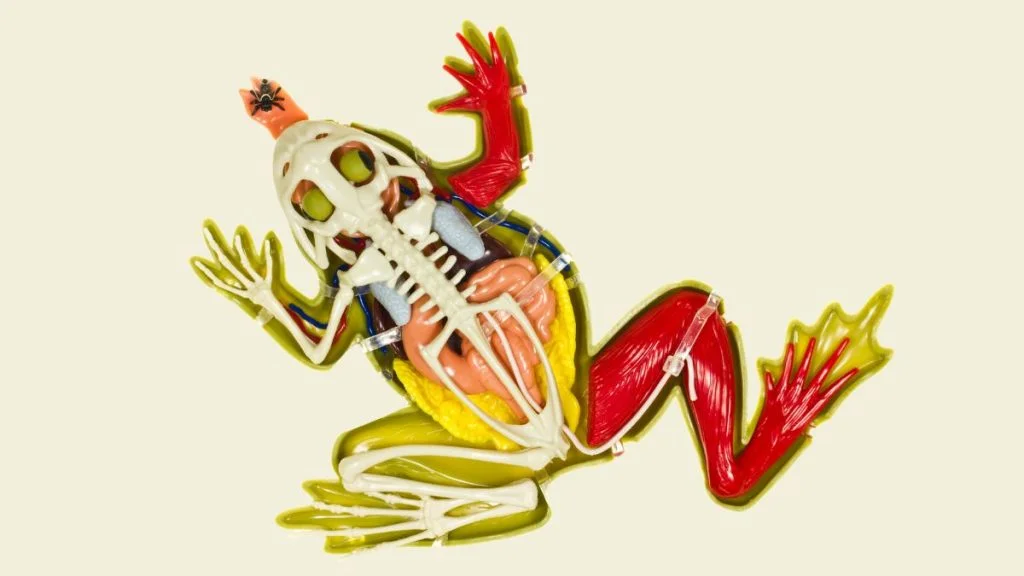
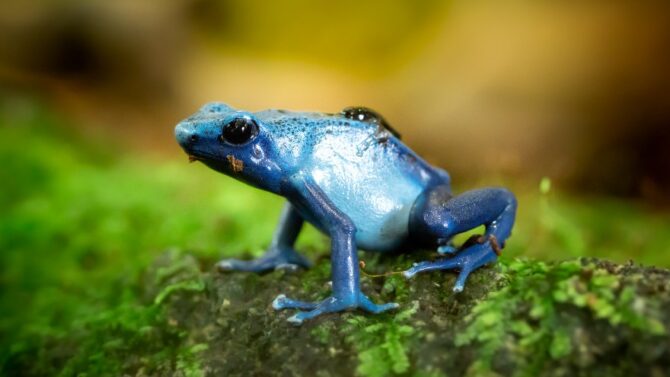

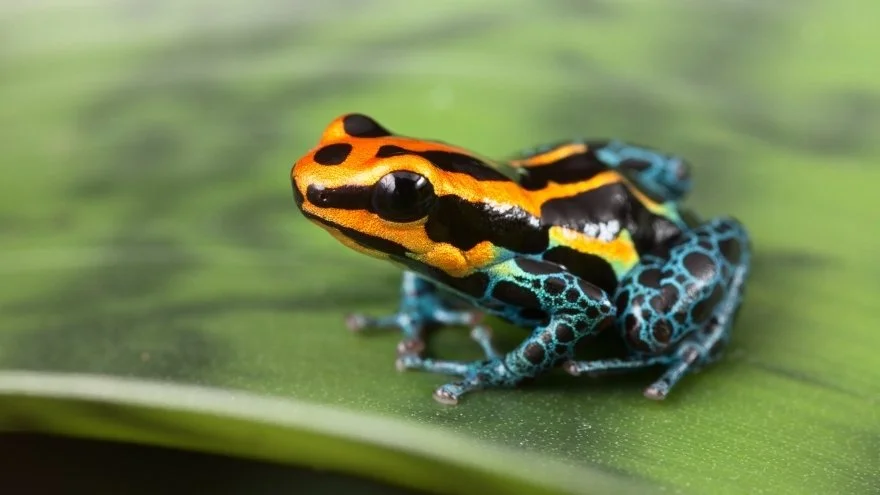
![How Long Can Frogs Go Without Food Or Water [Answered]](https://animalvivid.com/wp-content/uploads/2022/08/How-Long-Can-Frogs-Go-Without-Food-Or-Water-Answered.jpg.webp)
